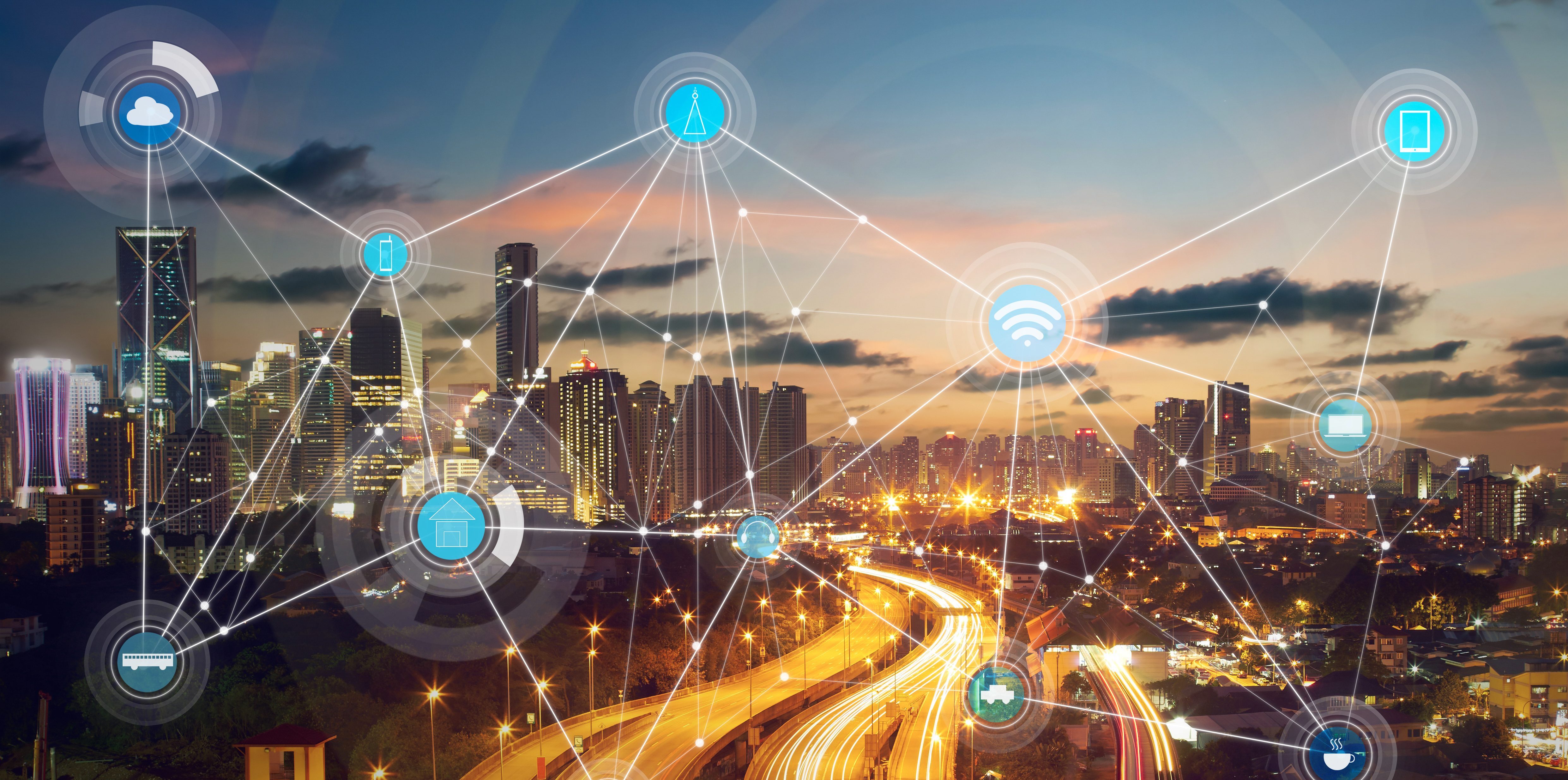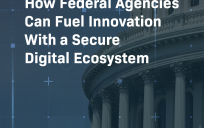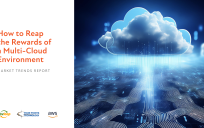The Internet of Things (IoT), a network of connected devices, is growing rapidly throughout the private and public sectors. While this growth enables unprecedented capabilities that allow public-sector organizations to more efficiently drive their missions, it also brings several security and strategic challenges.
Fortunately, there are many solutions out there to help government agencies quickly deploy IoT. The Microsoft Azure Government DC user community recently hosted a tech meetup that brought together experts who offered an industry perspective on how governments can secure and deploy IoT effectively and efficiently.
Mike Baker, Cloud Solution Architect on the Azure Team at Microsoft Federal; Chris Cyrus, Vice President of Docker Public Sector; and Andrew Weiss, Lead Sales Engineer at Docker Public Sector focused their presentations on how to manage IoT assets and how to promote container-driven development at the meetup.
Connecting, Monitoring and Managing IoT Assets
As more government agencies begin connecting devices through IoT, keeping track of devices and the data they are collecting has become an increasingly daunting task. “Processes are moving from the back office and the infrastructure to the front office of services and devices,” Baker explained. Increasing end points allows agencies to spearhead innovative projects but it also means that they have come up with new ways to manage all their IoT assets.
For example, Montgomery County, Maryland is leveraging device connectivity in their Thingstitute, a living laboratory for IoT technology projects in the agriculture sector. “The Internet of Farm Things, as Montgomery County calls it, is a test bed of over 93,000 acres of farmland solely dedicated to IoT projects,” Baker said.
Microsoft is helping initiatives like the one in Montgomery County by simplifying IoT processes in three ways:
Azure IoT Suite. The Suite captures data from IoT devices and presents it in a way that is user friendly to decision makers and addresses common business needs. Additionally, it allows governments to connect and scale efficiently and securely through preconfigured solutions, analyze and act on new data, and integrate and transform business processes through workflow integration and access management. “Particularly important is the predictive maintenance which allows the user to identify target outcomes, inventory data sources, and generate a model that can be tested, iterated and deployed into real life scenarios at your agency,” Baker said.
Azure IoT Central. Azure IoT Central is a fully managed SaaS service that enables reliable and secure bidirectional communications between millions of IoT devices and a solution back end. Microsoft IoT Central draws out the distinction for agencies who are looking for solutions with reduced complexity of solution management and cloud development with easy configuration.
Baker explained that it functions between two endpoints—device-to-cloud and cloud-to-device with multiple cloud gateways that can be deployed to the cloud. This means that agencies can connect to multiple devices simultaneously. Additionally, the hub provides real-time processing so agencies can manage and process data as it is collected.
Azure IoT Edge. Microsoft’s Azure IoT Edge capabilities span across cloud and IoT edge devices that make it easy to securely distribute cloud intelligence locally. Baker explained, “The Edge combines simple and complex processing to enable any service to offload intelligence onto devices.” This allows for advanced analytics, reduced IoT solution costs, and simplified development.
Leveraging Containers in IoT Development
Containers allow you to run an application and its dependencies regardless of its deployment environment. They have been a propelling agent for IoT because they make it easier to package software and can be delivered in a secure and trusted manner. Before containers and the proliferation of public cloud providers, organizations had to make significant infrastructure investments to support the management and massive influx of data generated by devices,” Weiss said. “Managing hundreds of thousands of these devices was cumbersome and innovation was constrained.”
“Moving towards containers is important to IoT because device software can be deployed on to a common framework that encompasses app code and its dependencies,” Cyrus explained. This means that cloud and containers are making IoT easier to deploy for agencies because they do much of the back-end heavy lifting to provide for portability in IoT development workloads.
Ultimately, agencies are going to have to explore private sector solutions to most effectively adopt and deploy IoT initiatives. If you are interested in government IT innovation and want to learn more and talk tech with the experts yourself, join the Microsoft Azure Government DC community for their next meetup, Advancing Digital Government in the Cloud, on July 26 at 1776 in Washington, D.C. To learn more about the meetup, click here To see past meetups on-demand, visit the Azure Government Meetup YouTube channel.





Leave a Reply
You must be logged in to post a comment.